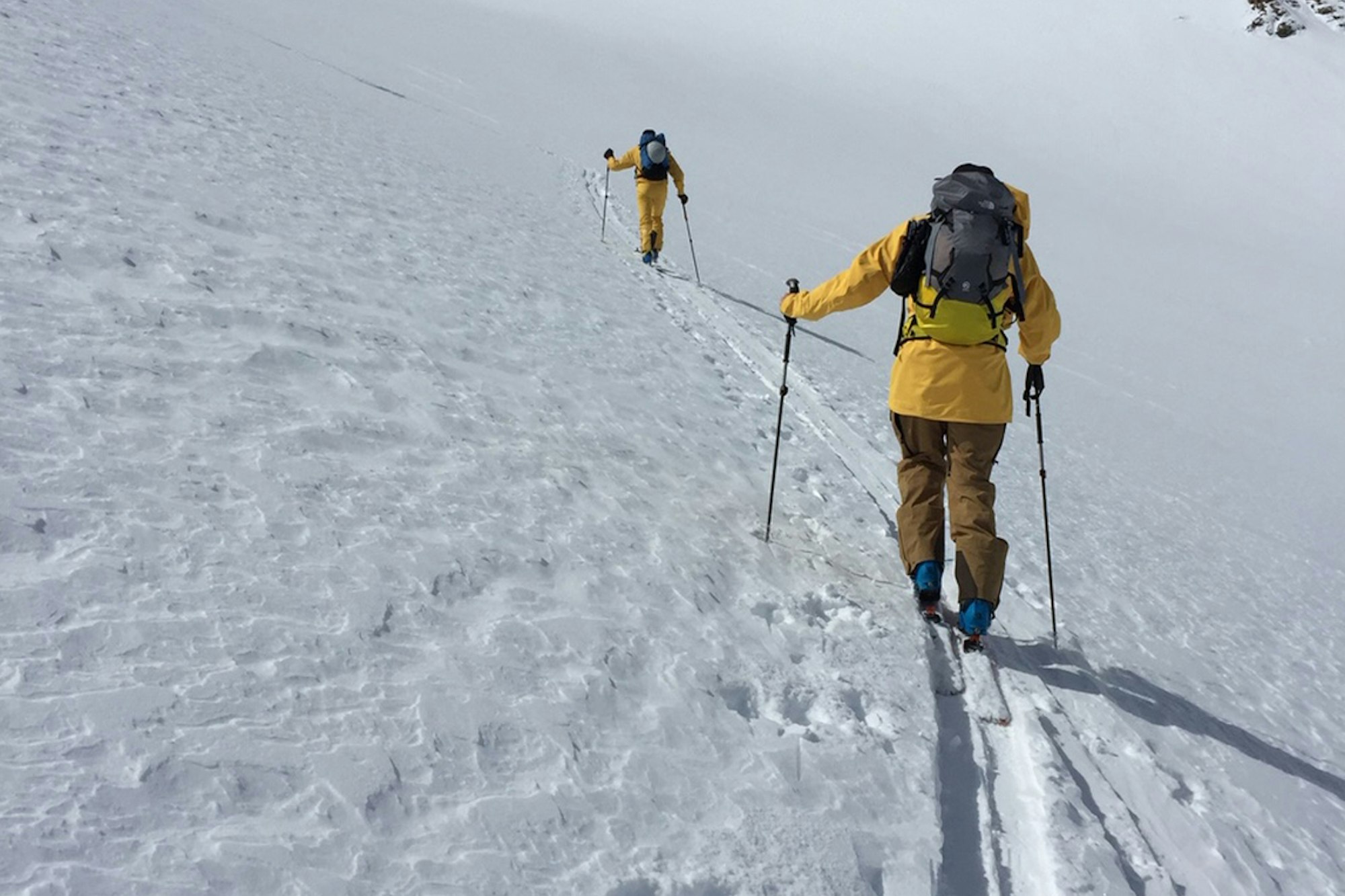A spectrum of yellow took over Aspen Snowmass and the Elk Mountains last week for a FUTURELIGHT media launch hosted by The North Face (TNF). For the event, the soon-to-be-Denver-based outdoor brand brought in select media and members of its global athlete team to test the sustainable waterproof-breathable fabric that aims to disrupt the outerwear game when it launches this fall.
Born from specific requests by TNF athletes for increased performance and breathability in their waterproof gear, FUTURELIGHT has already been tested on the world’s highest peaks (including Lhotse, Everest and Cho Oyu) by alpinists like David Lama and Andres Marin and ski mountaineers like Hilaree Nelson and Jim Morrison. Those four, along with skiers Hadley Hammer, Christina Lusti, Sage Cattabriga-Alosa and Griffin Post, and snowboarders Mark Carter and Jess Kimura accompanied media ranging from Snowboard Magazine to The New York Times in a two-wave, week-long event that tested FUTURELIGHT everywhere from Aspen’s four ski areas to Highlands Bowl to rarely skied backcountry couloirs in the surrounding Elk Mountains. Media and athletes broke into small groups led by Aspen Expeditions guides and each spent at least two full days testing the fabric’s capabilities.
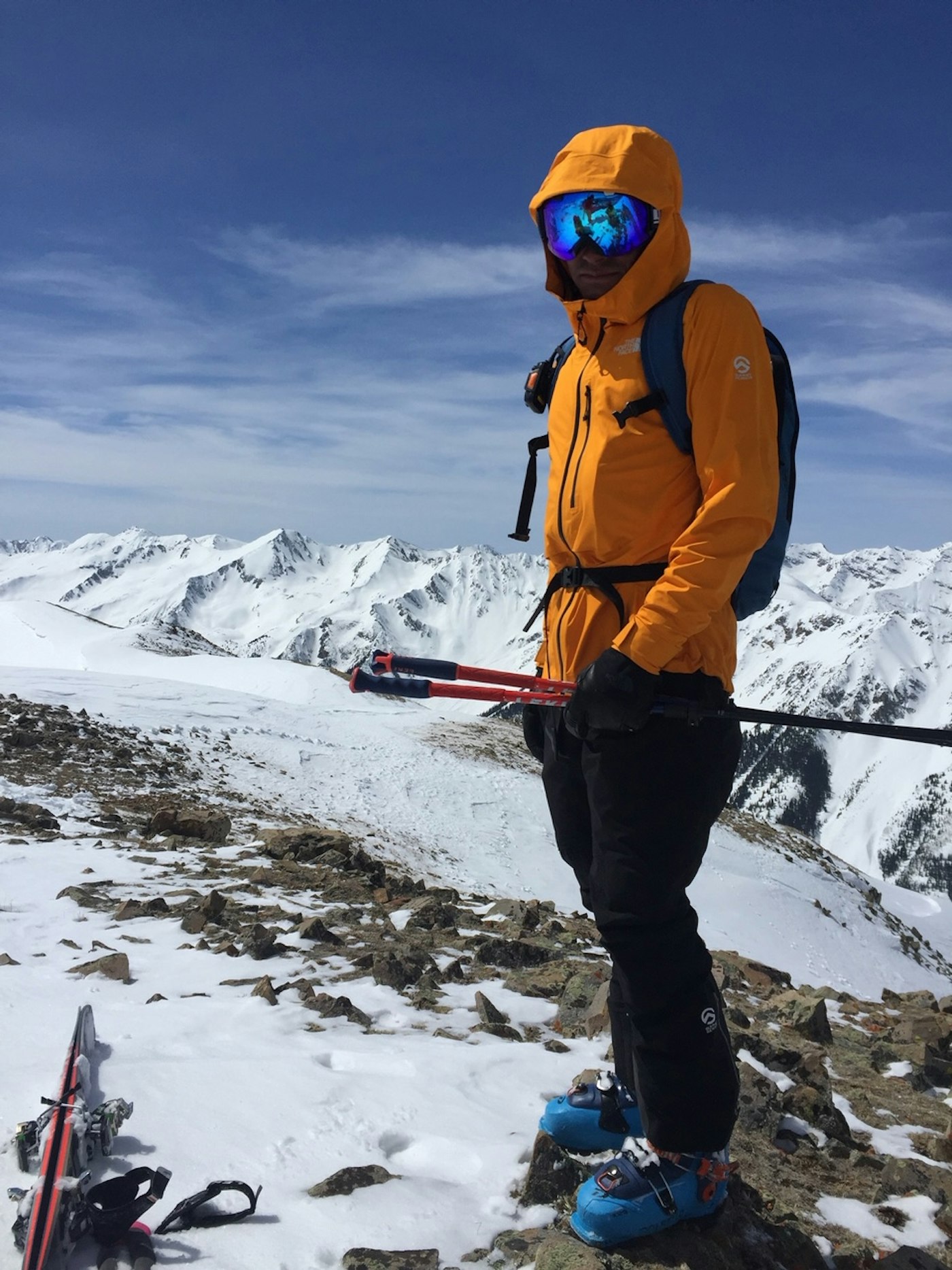

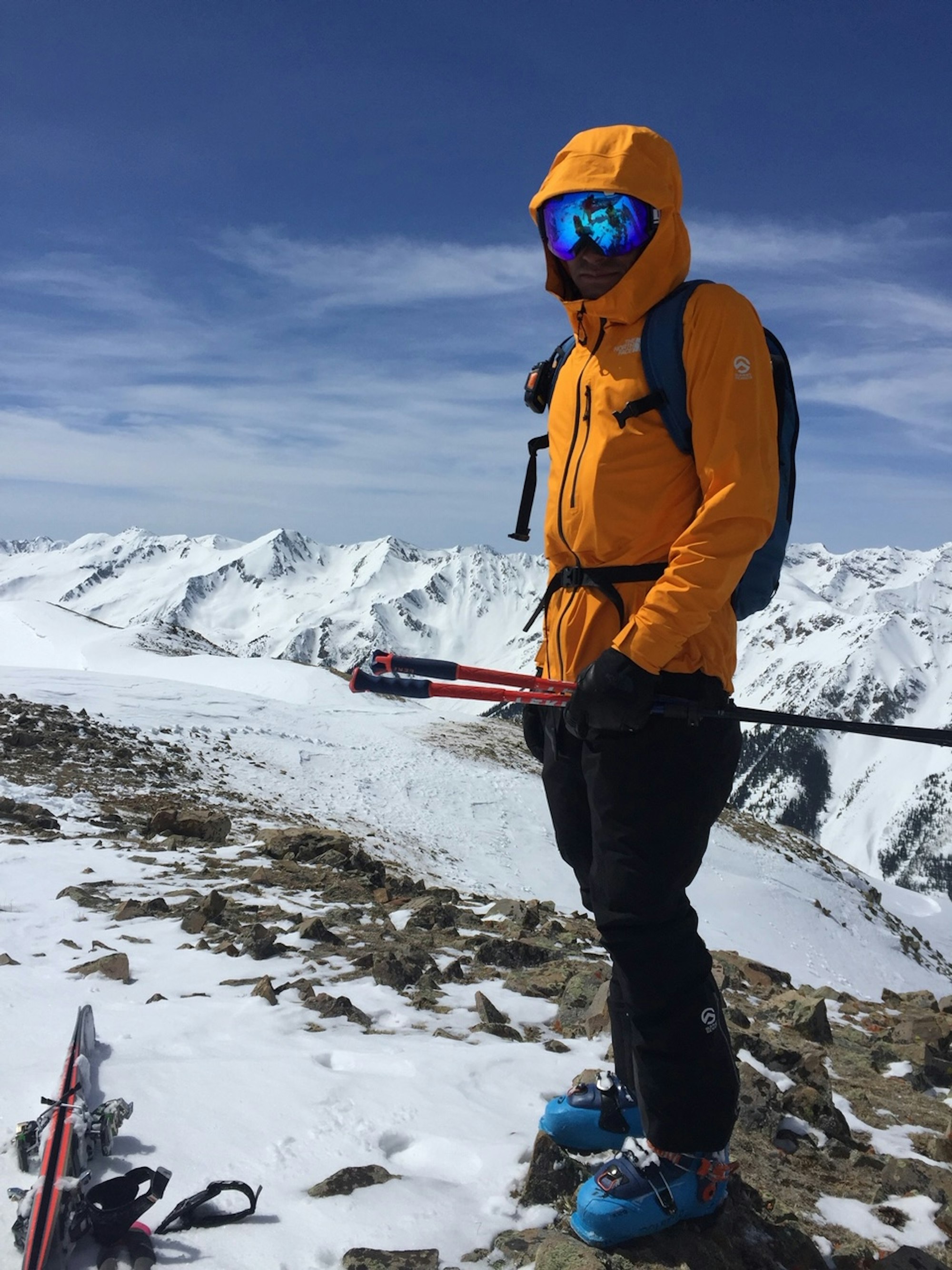

It’s one thing testing a garment while lapping a resort; it’s quite another to skin for three hours from the valley floor to the alpine, hike a ridge, drop into a couloir that hasn’t been skied this season, ski 4,300 vertical feet to a different valley, down climb through old avalanche debris and skin 2.5 miles to the trailhead. We did just that on Day Two with Lama, the world’s premiere alpinist who happens to ski almost as well as he climbs, which elevated my expectations of a press trip to unprecedented levels. That was after an introduction day of dropping off the backside of Snowmass, skinning up 1,000 feet and dropping into a complex, 2,000-foot chute that ended in the Maroon Bells wilderness. Through it all, conditions put FUTURELIGHT to the test. Approaches and exits reached sweltering temperatures while ridge walks clocked sub-zero wind gusts of 40 mph. Each evening, media, athletes and TNF team members discussed the tangible benefits of the fabric. Everyone could feel that this was truly something different. I tested the Women’s A-CAD Jacket and Women’s A-CAD Pant, part of the Steep Series collection, and while the kit feels as durable and substantial as any three-layer apparel, the breathability is beyond anything I’ve skied in. I’ve been wearing a Summit Series FUTURELIGHT kit since December for aerobic missions, like weekly skins up Aspen Mountain, and I have yet to take the shell off because of overheating. But the supple feel of the fabric and the free movement it allows is almost as impressive. Once you wear FUTURELIGHT, you realize stiff, crunchy waterproof shells will soon be a thing of the past.
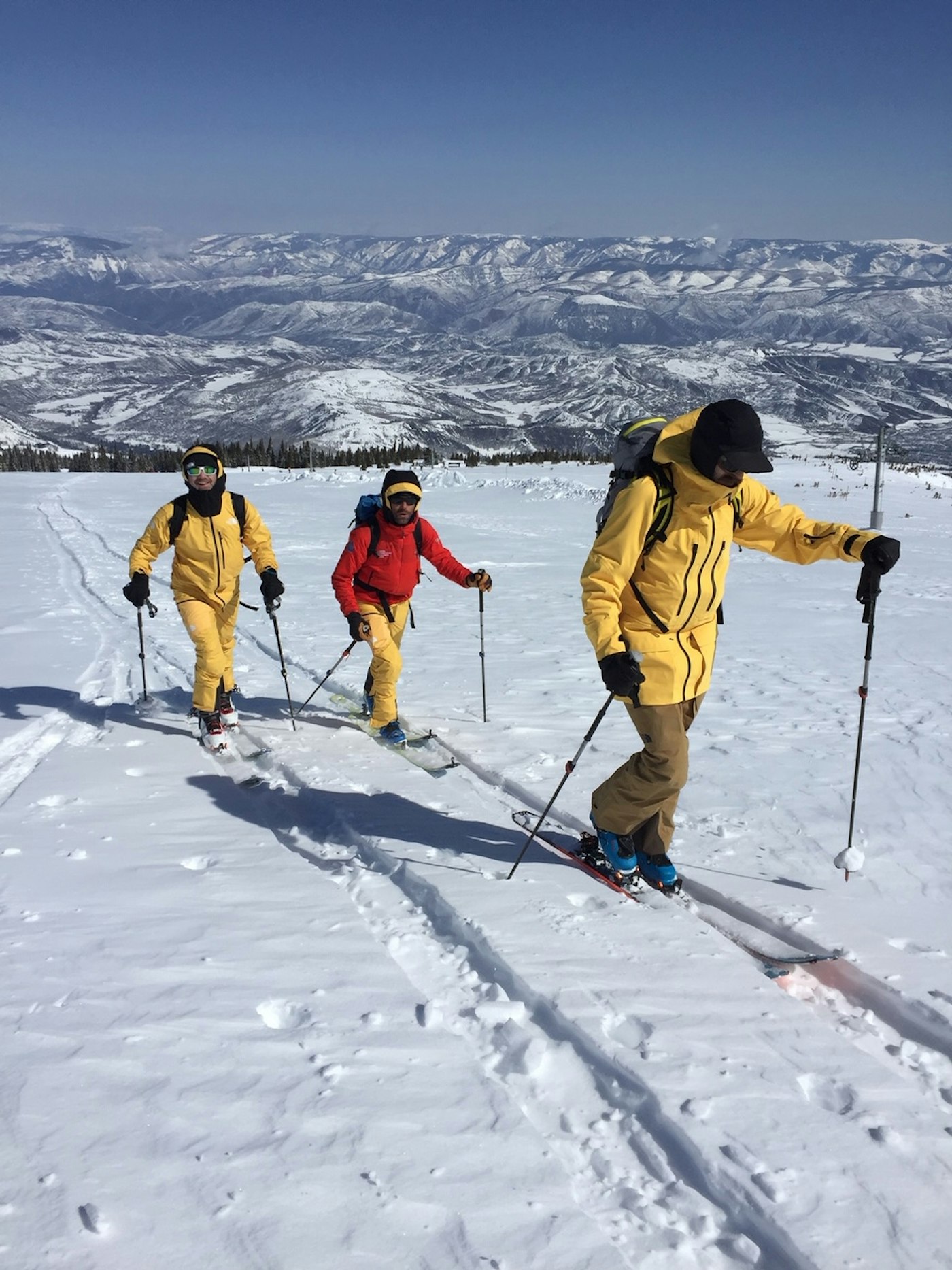
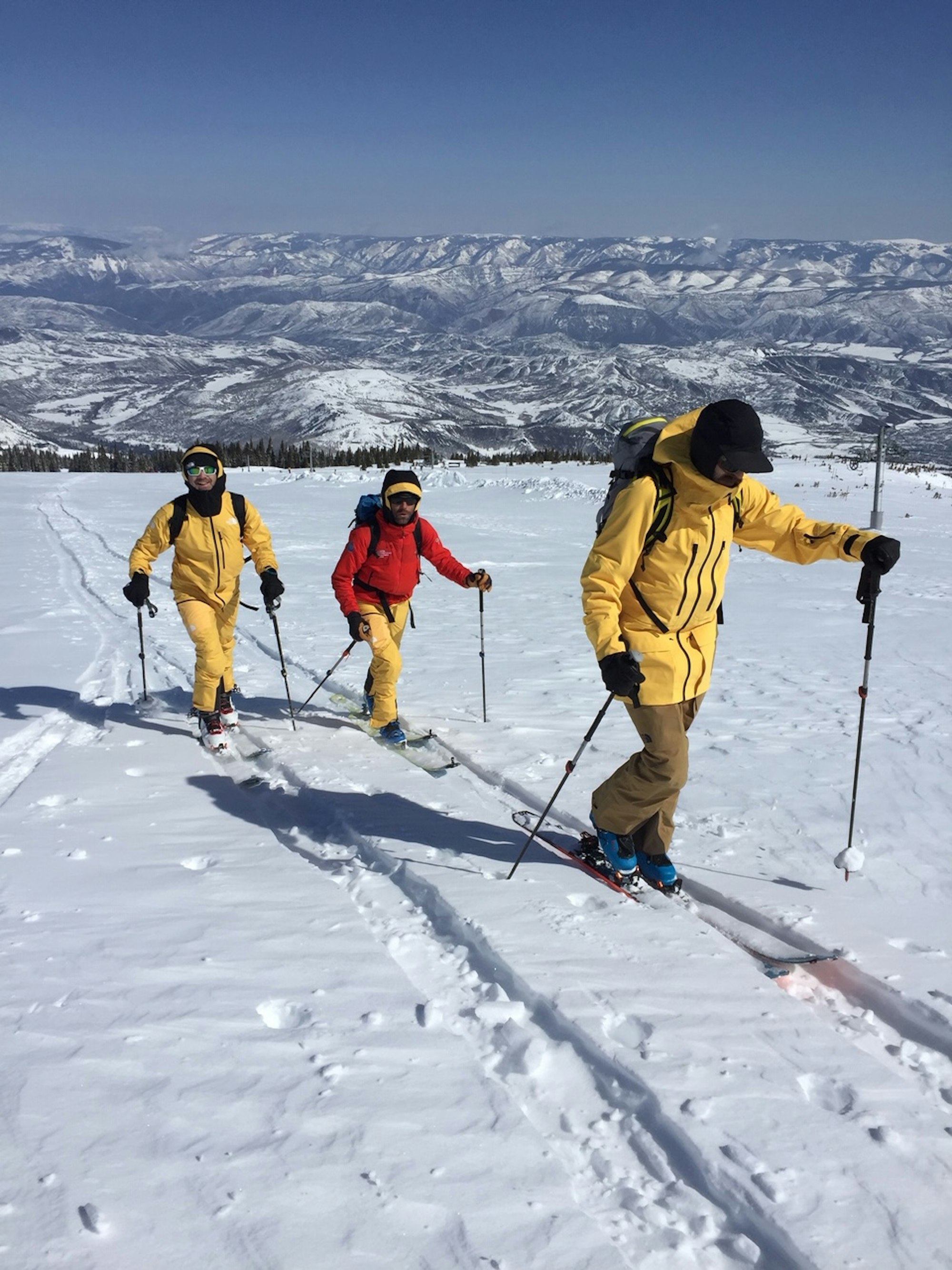
Diving into tech specs, the Nanospinning process—sustainable through its 100 percent use of recycled fabrics and cleaner production that cuts chemical consumption—used to create FUTURELIGHT allows TNF designers to add air permeability into a fabric’s membrane, creating porosity while maintaining waterproofness (tested by a stringent third-party laboratory that tests equipment for first responders). Nanospinning also allows TNF to adjust things like weight, stretch, breathability, durability and construction to meet the needs of an activity or environment. The technology can be used beyond apparel—TNF has already utilized FUTURELIGHT in its tents, equipment and accessories (think gloves and footwear).
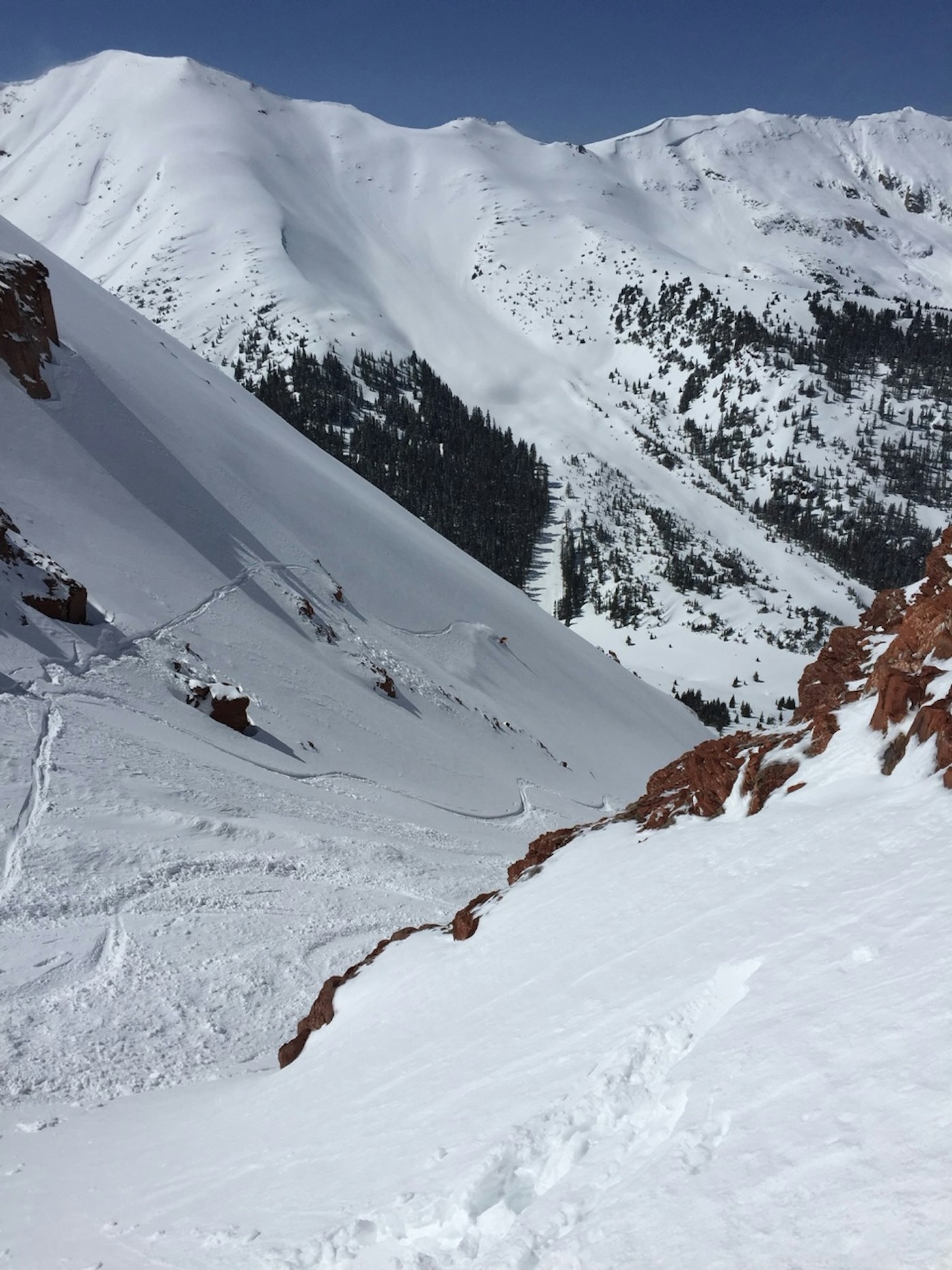
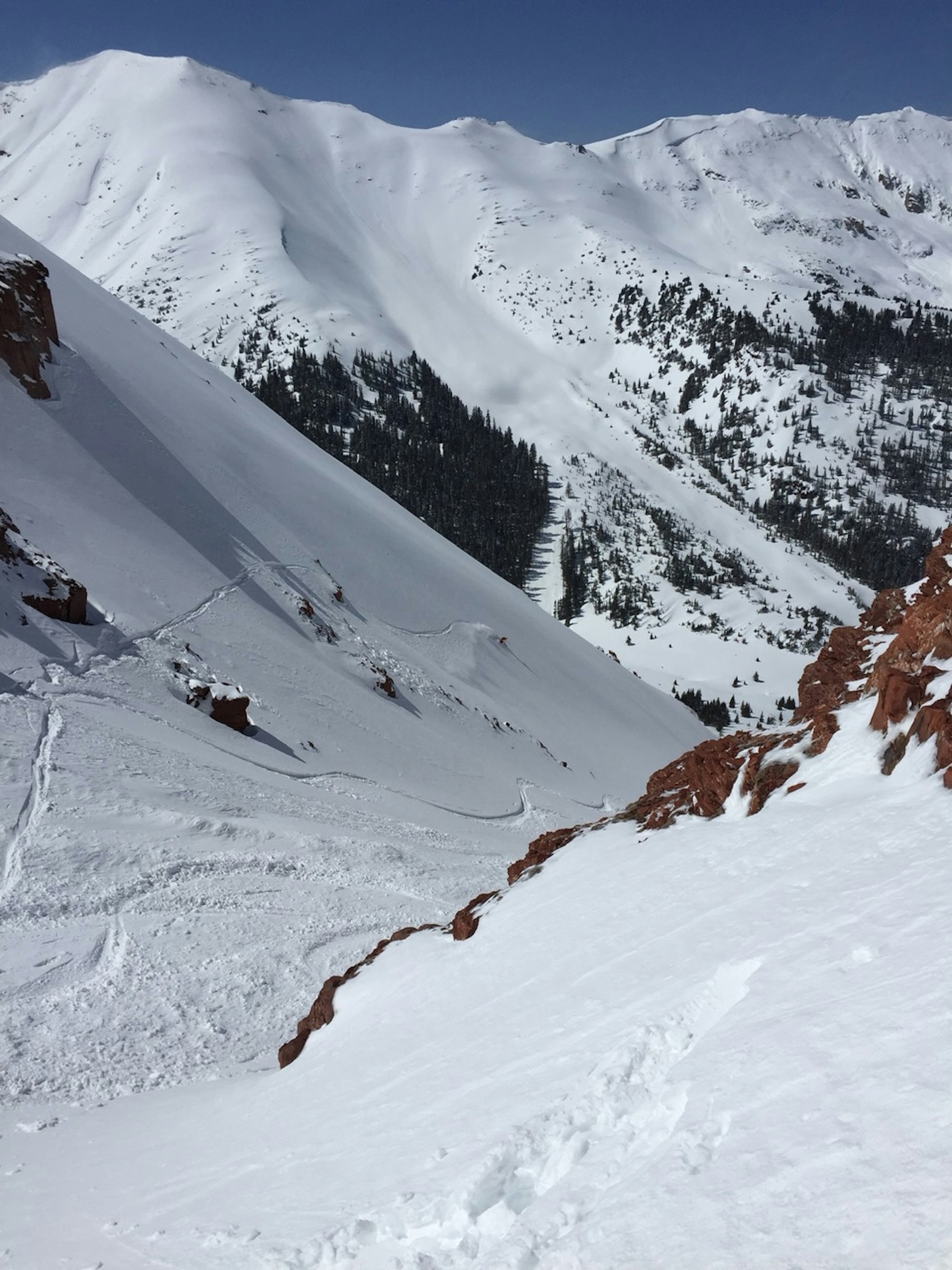
In the outdoor industry, descriptors like “revolutionary”, “game-changing” and “innovative” get thrown around as freely as ski straps and stickers, rarely earning their worth. As consultant Pete Foley says, “Innovative ideas can be big or small, but breakthrough or disruptive innovation is something that either creates a new category, or changes an existing one dramatically and obsoletes the existing market leader.” By eliminating the compromise between waterproofness and breathability while using recycled materials and fewer chemicals, FUTURELIGHT deserves your favorite superlative.

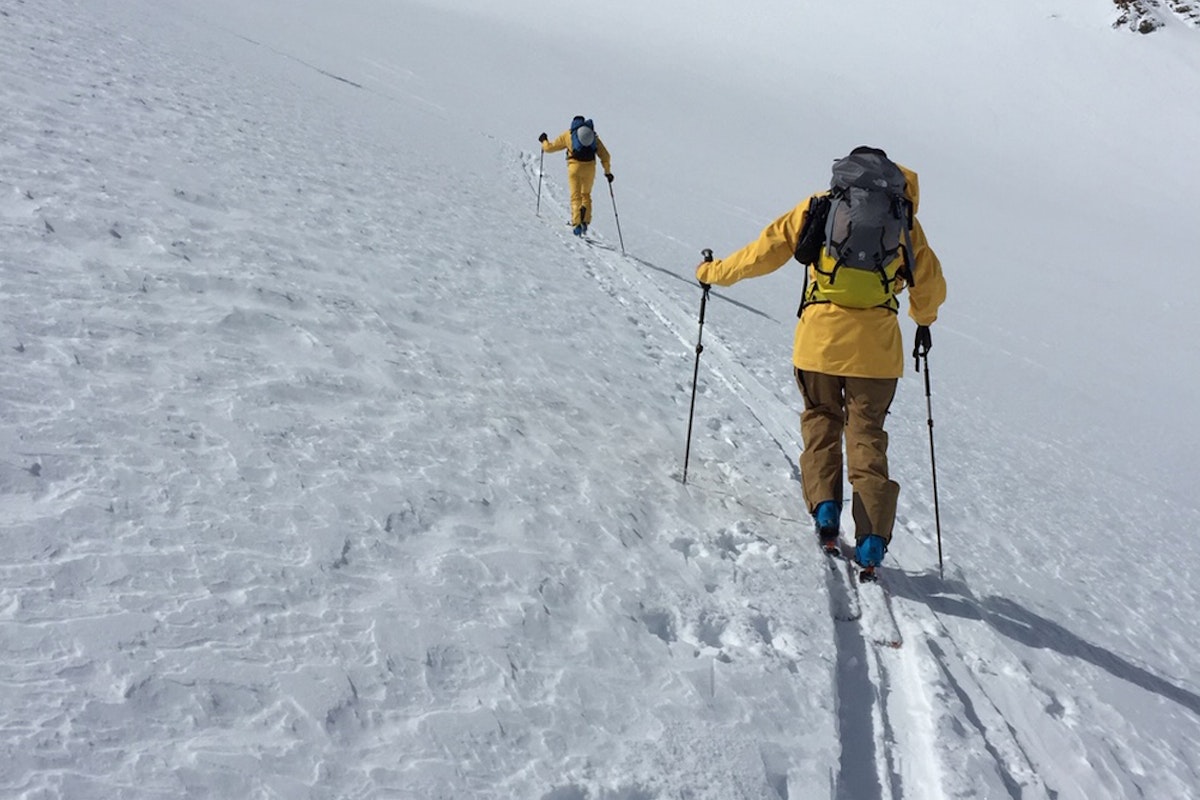

![[GIVEAWAY] Win a Head-to-Toe Ski Setup from IFSA](https://www.datocms-assets.com/163516/1765920344-ifsa.jpg?w=200&h=200&fit=crop)


![[GIVEAWAY] Win a Legendary Ski Trip with Icelantic's Road to the Rocks](https://www.datocms-assets.com/163516/1765233064-r2r26_freeskier_leaderboard1.jpg?auto=format&w=400&h=300&fit=crop&crop=faces,entropy)




![[GIVEAWAY] Win a Head-to-Toe Ski Setup from IFSA](https://www.datocms-assets.com/163516/1765920344-ifsa.jpg?auto=format&w=400&h=300&fit=crop&crop=faces,entropy)


